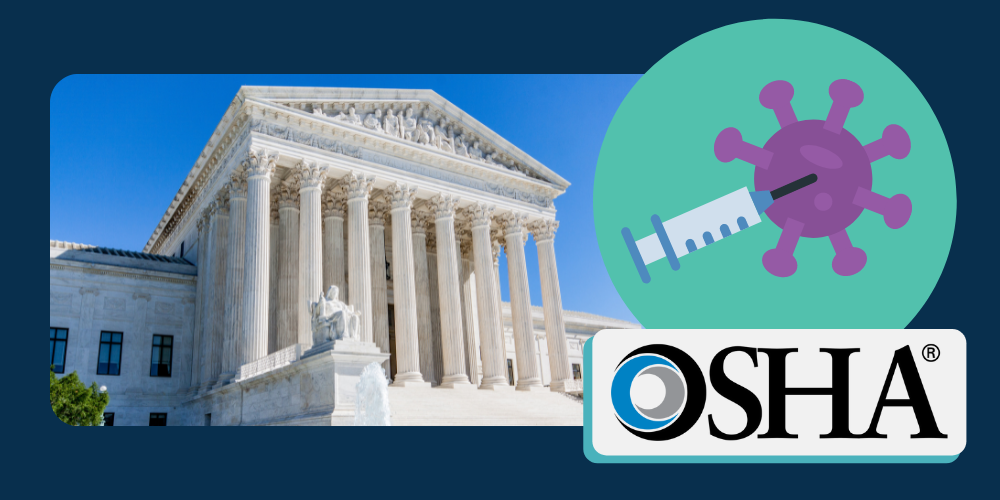
Streamlining the employee onboarding process with HR automation can increase the new hire retention rate. Here is an HR guide to best practices for new employee onboarding.
What is employee onboarding?
Employee onboarding is a systematic process of introducing new hires to the organization and integrating them into the organizational culture. The process of onboarding a new hire starts from the day the organization releases the offer letter.
A proper onboarding process creates a positive first impression about the organization and its culture. It helps the HR team establish the company culture and set up the stage for a collaborative workspace.
The following statistics showcase many organizations haven’t yet adopted the best practices for employee onboarding:
- In a survey conducted by Gallup, 88% of employees said that their employers did a poor job onboarding them.
- As little as 37% of companies are extending the employee onboarding process beyond a month.
The absence of the best practices for employee onboarding is a cause for concern because it increases employee turnover rates and lowers organizational productivity. We put together this guide to help HR teams of manufacturing companies adopt best practices for the employee onboarding process and develop a checklist for day one of the employee onboarding.
Benefits of the onboarding process for new hires
The major benefits of the onboarding process for new hires to the organization may include a higher employee retention rate, better workplace productivity, increased employee confidence, and improved employee performance.
Read more about how a streamlined onboarding process can benefit organizations:
- New hires that undergo a streamlined onboarding process are 58% more likely to stay with the organization for more than three years.
- A streamlined onboarding process can increase the retention of new hires by 82%.
- A standard onboarding experience can increase the productivity of new hires by 50%.
- Organizations that use the pre-boarding process retain 81% of their new hires.
The ideal employee onboarding process - best practices for HR
Organizations need to adopt several best practices to create an ideal employee onboarding process. Here is a list of the seven best practices every HR team should follow to improve the employee experience:
1. Refine your hiring process
The hiring process creates a path for onboarding. Rather than using traditional job portals, HR teams should use platforms like LinkedIn and Twitter to attract suitable candidates and assess their competencies.
HR teams should focus on creating a job description that communicates about the job position, major duties, the scope of the work, working conditions, compensation, and qualifications. Organizations should also engage a hiring manager who works in coordination with the HR department and supervises hiring processes.
2. Make good first impressions
A first impression is the best impression one could make. Since office visits aren’t very commonplace anymore due to hybrid work settings, organizations can create a great first impression by automating the entire onboarding process.
An automated onboarding process can get all the documentation done, schedule an introduction call with new team members, set up user accounts, and create an email flow that communicates the organization’s policies, vision, and objectives. Organizations can make the onboarding process transparent and inviting with the help of automation.
3. Send the offer letter
The process of employee orientation should start from the time of sending an offer letter to the new hire. The offer letter is a formal document sent to a candidate offering a job. The offer letter should comprise several details on the job offer including the start date of employment, job title, compensation, benefits, and company policies.
4. Check in with the new hire before day one
Hiring managers need to check in with the new hire before day one to start the onboarding process. Automation helps to streamline all activities involved in pre-boarding. For instance, the HR automation software would help the organization automate the pre-boarding workflow, which comprises the following activities:
- Sending a welcome email to the new hire.
- Upon receiving an acknowledgment from the new hire, the software may trigger a notification to the IT team to set up a user account to start the onboarding process.
- Once the user account is created, the software sends the username and password for the new hire to log in to the onboarding platform.
- Once new hire logs in to the platform and fills out their forms and gives their e-signatures, the software uploads them.
- The new hire would provide bank account details to the software in order to set up their direct deposit.
5. Provide a welcoming first day
The HR team should provide a welcoming first day to the new hire. The first day is where the actual onboarding experience for the employee starts.
HR teams should give warm welcome to new hires and take them for an office tour. The paperwork, if pending, should be completed on the employee’s first day itself. Introduce the new hire to team members and provide them with the employee handbook that highlights the company’s culture, reporting structure, vision, and mission.
6. Encourage employee engagement during their first month
Employee engagement is the key to workplace productivity. If the organization wants to achieve higher productivity, it should engage new hires in the work during their first month itself. An effective onboarding program that establishes the expected workflow encourages new hires to engage in the work during their first month.
The workflow may include activities such as:
- Communicating expectations in the first week.
- Assigning key responsibility areas (KRAs).
- Developing clear reporting structures.
- Providing the training schedule.
7. Turn their first month into their first year
Successful onboarding ends when the employee becomes a part of the company culture. An effective onboarding process enables the new hire to learn about the company and become a part of its culture within a month or two.
With a poor onboarding process, this may take six months to a year. Employee retention rate increases if the employees align their goals with the organization and start to share the organization’s culture.
Benefits of automating the onboarding process
Automation is the best way to streamline your employee onboarding process. McKinsey reported that 56% of hire-to-retire (human resource management) tasks can be automated with the help of existing automation technologies.
Here are the five major benefits of automating the employee onboarding process.
- Automation simplifies the pre-boarding workflows which include sending welcoming emails, creating user accounts, adding the new hire to the onboarding channel, and scheduling orientation meetups.
- Quick turn-around as the automation streamlines activities such as reviews, approvals, and sign-offs (hours vs. days and days vs. weeks).
- The authorized people have visibility into all aspects of the employee onboarding process.
- Automation digitalizes the entire onboarding process through electronic forms, e-signs, and online change requests. It eliminates redundant documentation and reduces paperwork. Therefore, HR teams can allocate more time to answer queries from new hires and coordinate with them to create a streamlined onboarding experience.
- Automation helps the organization meet the compliance guidelines by creating an online platform that gathers employee vital data accurately and stores it on a secure cloud.
Day-one employee onboarding checklist
Day-one of the employee onboarding is the right time for HR professionals to create a strong positive impression about the organization’s policies, culture, operational procedures. The onboarding process should make employees feel they are at the right place on their starting day.
An onboarding program may be termed successful when employees get acquainted with their roles, new co-workers, and the organization’s culture. Here is a checklist for successful day-one employee onboarding:
- Finish the paperwork or documentation
- Introduce to team leader and team members
- Tour of workspace.
- Assign employee training
- Give brief about the organization’s vision, mission, and objectives
- Establish expected workflow
- Introduce to company culture
- Introduce to team members
- Set up communication channels
- Set up the employee’s desk
- Communicate policies, code of conduct, and procedures
Streamline your employee onboarding process with BP Logix
The traditional onboarding process takes time and involves a lot of paperwork. Automation is the best way to streamline the employee onboarding process. An employee onboarding software, which eliminates the new hire paperwork and increases the speed of the onboarding process, may help the organization improve the new hire onboarding experience. Not sure how to get the ball rolling? Don't miss our how-to guide for automating the employee onboarding process.
A streamlined onboarding helps the organization to improve employee retention and workplace productivity. The first day and the first month are critical in the employee onboarding process. Ideally, the HR teams should create a first positive impression on the first day and make the employee become a part of the company’s culture by the first month of the employment.
Automate the employee onboarding process with the help of BP Logix HR Workflow Software. Request a demo to see how it can assist your organization.



